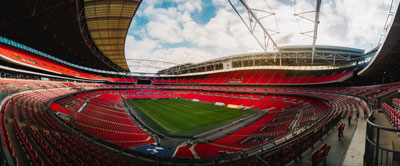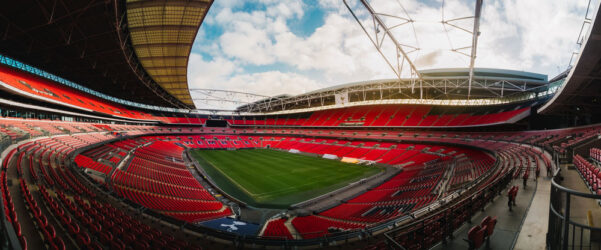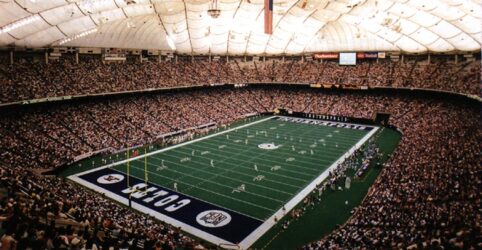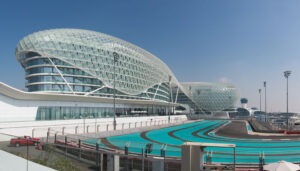 In the United States, the modern stadium first arrived on the scene in some of the largest cities in the country in the late 1800s. The very first stadiums were often crowded wooden structures that were somewhat smoke-filled. These structures lacked adequate safety features, and occasional fires exposed their vulnerabilities.
In the United States, the modern stadium first arrived on the scene in some of the largest cities in the country in the late 1800s. The very first stadiums were often crowded wooden structures that were somewhat smoke-filled. These structures lacked adequate safety features, and occasional fires exposed their vulnerabilities.
By the mid-20th century, steel and concrete ballparks had largely replaced the old wooden venues. However, they were somewhat uniform in design. Some hosted baseball teams, some were built for football, and many were constructed for both.
Multi-purpose Entertainment Destinations
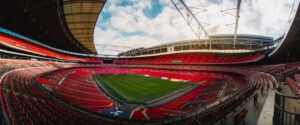 In recent decades, stadium design has rapidly evolved to make the facilities truly multi-purpose in nature. Some venues now feature in excess of one-million square-feet of useable space. Luxury boxes are commonplace, and the offered amenities have proliferated in number. Today, a patron attending an athletic contest in one of these ultra-modern facilities can often choose from numerous restaurants, gaming areas, and other diversions. Pro shops are often large and well-stocked, with professional displays.
In recent decades, stadium design has rapidly evolved to make the facilities truly multi-purpose in nature. Some venues now feature in excess of one-million square-feet of useable space. Luxury boxes are commonplace, and the offered amenities have proliferated in number. Today, a patron attending an athletic contest in one of these ultra-modern facilities can often choose from numerous restaurants, gaming areas, and other diversions. Pro shops are often large and well-stocked, with professional displays.
Rather than merely being sports-focused, some of these new billion dollar venues are diverse entertainment destinations that also speak to the cultural, artistic, and entertainment needs of the greater community.
Many of these newer facilities are designed to appeal to the senses before one ever steps through the gates. Open-air pedestrian plazas are part of an increasingly common “City Walk” effect that’s reminiscent of a design by the same name at Universal Studios. Shops, boutiques, restaurants, and smaller entertainment venues may greet arriving patrons.
Easier Access, More Convenience
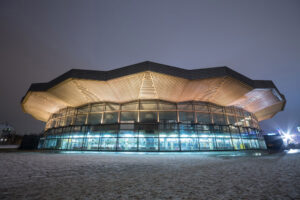 Increasingly, those patrons arrive at venues designed with larger lobbies and wider concourses than ever before. Easier access to seating, concessions and various amenities is part of a more up-scale experience. Waiting in lines or standing for long periods amidst departing crowds after the event is less and less common.
Increasingly, those patrons arrive at venues designed with larger lobbies and wider concourses than ever before. Easier access to seating, concessions and various amenities is part of a more up-scale experience. Waiting in lines or standing for long periods amidst departing crowds after the event is less and less common.
Point-of-sale distribution is also designed with shorter wait times as the goal. The liberal use of monitors simulcasting the event make any waiting more tolerable than ever before.
Ergonomic Seating And More
The comfort of spectators has been considered to an impressive degree in these new stadiums. The old wooden or aluminum bleachers have been replaced in most venues by seats that are fairly wide and ergonomically designed. Private, enclosed suites that typically seat 10-16 fans often feature plush, upholstered seats. Loge-type seating takes this luxury out beyond the suite. High-end seating often includes counter space for drinks and meals. Some such seating even includes personal TV monitors.
Undoubtedly, today’s newest venues incorporate amenities that make attendance more pleasurable than ever before. Comfortable, happy patrons that don’t have to wait in line invariably spend more, thus justifying the investment in these grand new stadiums.



